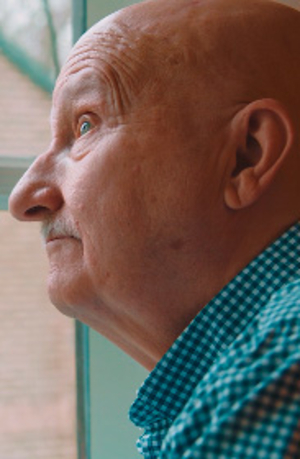HEART FAILURE (HF)
SYSTEM
For pulmonary artery pressure monitoring
PATIENT SELECTION AND ASSESSMENT

SELECTING THE RIGHT PATIENT
The CardioMEMS™ heart failure (HF) System is indicated for patients with:1
- New York Heart Association (NYHA) Class Class III heart failure; and
- One hear failure hospitalization in the past 12 months

THE CARDIOMEMS HF SYSTEM IS CONTRAINDICATED FOR PATIENTS WITH:
- An inability to take dual antiplatelet or anticoagulants for one-month post implant

PATIENTS WHO MOST COMMONLY RECEIVE THE CARDIOMEMS HF SYSTEM ARE THOSE ON GDMT AND THOSE WHO EXHIBIT ANY OF THE FOLLOWING:1
- Fluid volumes that are hard to know or manage
- Challenging physical assessment
- Is a patient with heart failure with preserved ejection fraction (HFpEF) or heart failure with reduced ejection fraction (HFrEF)
- Compliant with heart failure medical care
- Would benefit from remote monitoring if they live far from a clinic

MEET
LESLIE:
“
I’m still here and
I’ll just keep going.
The people that
have heart failure
shouldn’t give up,
because it’s out
there. Just got to ask.

MEET
JUAN-ANTONIO:
“
Knowing that the
CardioMEMS HF
System detects a
problem a month in
advance gives me a
huge peace of mind
TV
TV
- Abraham, W. T., Adamson, P. B., Bourge, R. C., Aaron, M., Costanzo, M. R., Stevenson, L. W., …Yadav, J. S., for the CHAMPION Trial Study Group. (2011). Wireless pulmonary artery haemodynamic monitoring in chronic heart failure: A randomised controlled trial. The Lancet, 377(9766), 658-666. dx.doi.org/10.1016/S0140-6736(11)60101-3.

